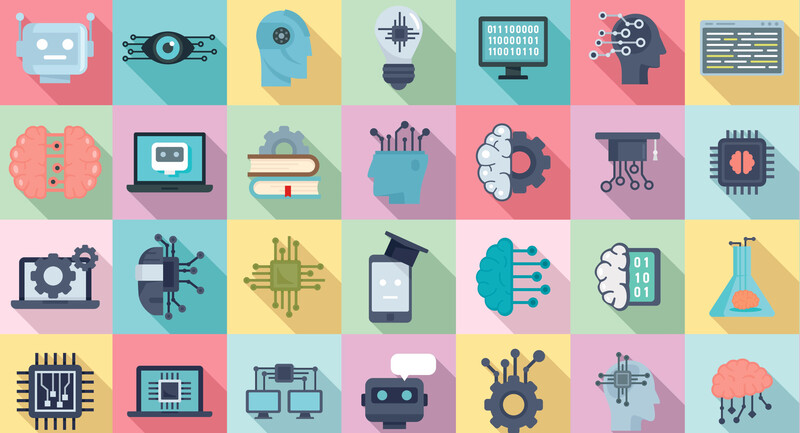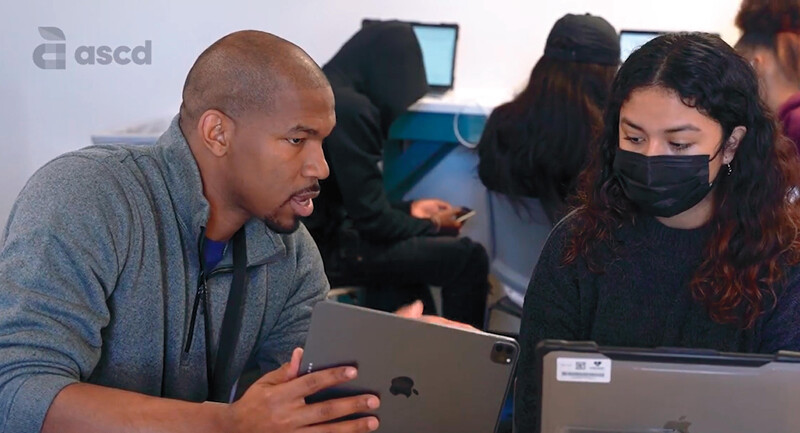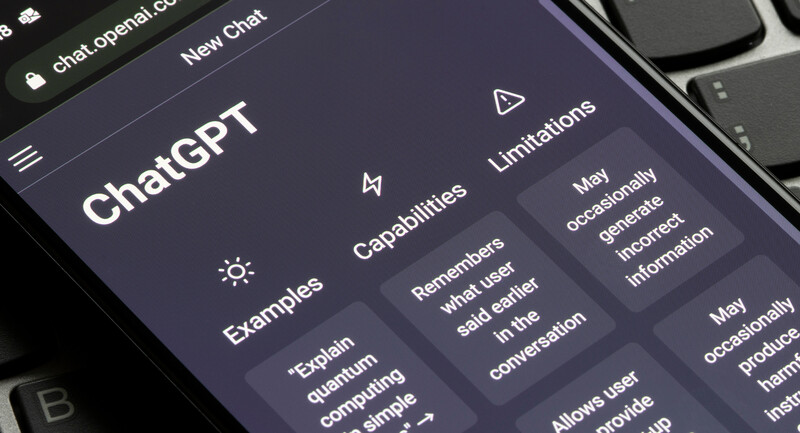In the classrooms of the future, teachers won’t be limited by physical space or location. Rather, they’ll have the ability—through remote access technology and online screen sharing options—to teach from anywhere. With each passing year, technology and connectivity will continue to alter the educational landscape.
For example, medical students won’t need to be present in the same physical classroom, but hands-on training will become available via simulated scenarios in which they’ll have the opportunity to envision patients’ organs and anatomies in a virtual digital environment free of the kind of risk ordinarily present when working with physical bodies.
As with the full flight simulator currently used to train pilots in the aviation industry, simulation programs will be especially helpful in the nursing field: simulation allows nurses to perfect medical and surgical techniques without endangering patients’ safety. Moreover, according to the National League for Nursing (NLN), simulation is also especially effective as a teaching method because students are given the opportunity to develop skills via a realistic context that is true to life. Among the various strategies utilized for simulation learning are virtual platforms like computer programs, task-trainer programs, computerized manikins (a.k.a. high-fidelity simulation), and role-playing.
The classrooms of the future won’t be limited to one specific place. Rather, they will have the ability to take place in online platforms and virtual spaces. This flexibility of location will open many more opportunities for students living in rural areas of the country—rather than merely catering to those living near large universities and urban centers. According to Duquesne University, online programs also lead to student success because they allow for greater student collaboration, easier face-to-face interactions, and access to superior faculty.
In addition to this virtual convenience in education, the medical field continues to evolve and develop exciting new cutting-edge technology like telemedicine, fast healthcare interoperability, and an internet of things for healthcare. This means that part of the medical student curriculum will now include, by default, lessons on the benefits of telemedicine, how to read electronic health records (EHRs), and information about the most common mobile apps for remotely configuring medical devices like heart and glucose monitors. Remote monitoring of patient vitals and common interpretations of data flow will become standard in medical and nursing school curricula.
The importance of this technology to future teaching techniques will mean that we must continue to work together to solve connectivity problems in more rural areas to bridge the current digital divide. If the future of education is online, we can’t stand for gaps in access to online learning resources.
Adaptive learning technology is another tool educators are using to transform traditional teaching methods into specialized lesson plans that make learning and grading papers more fun. Some of the newer math software, for example, gauges student knowledge of the material and provides specialized lesson plans to meet individual needs. And online testing programs display data showing where individual students need more help with a particular lesson—therefore utilizing one-on-one tutoring time more efficiently, once teachers are ready to conduct individualized assessments.
In addition to adaptive learning approaches, other new teaching methods like project-based learning and formative assessment mirror real-world scenarios and adapt to individual students’ abilities—rather than delivering a “one-size-fits-all” approach. Furthermore, place-based and maker education boost student engagement and provide creative outlets for connecting multiple subjects while allowing students the opportunity to create something unique and different—rather than yet again teaching to the test, which typically encourages rote memorization.
Lastly, emerging educational trends like gamification and collaborative learning encourage students to look at the big picture and have fun while doing so, as well. A lesson in digital literacy, for example, might encourage students to discuss a piece of literature via a twitter feed and link to outside sources to provide support for their points. Students could find themselves debating the legitimacy of a certain website that is cited as support, which would provide the perfect teaching opportunity to understand the difference between authoritative and sketchy sources of information—a critical skill to master in the digital age, for certain.
Lest all this talk of futuristic teaching technologies allow us to lose sight of the ultimate objective—education—it is important to remember that ultimately, we are still in the business of teaching individual students. Education is a complex enterprise, and student-based learning is still the ideal goal—despite any technological developments that might distract us from our human roots.
With any human endeavor, there comes inevitable fallibility. Let us remember this fact, then, as we go forth into an uncertain future. No matter how high-tech our tools may become, we are still dealing with the fallibility and unique nature of individuals. Therefore, we should strive toward using teaching methods that honor that uniqueness—rather than leaning too eagerly toward technology that places us all in the same box.
Unique pedagogy will more accurately reflect the complexity problems we are likely to face in our real lives. Only that reality is likely to prepare us for life beyond the classroom.
Daphne Stanford writes poetry and nonfiction and believes in the power of art, education, and community radio to change the world. Since 2012, she’s hosted “The Poetry Show!” every Sunday at 5 p.m., Mountain Time, on Radio Boise (KRBX 89.9/93.5 FM). Follow her on Twitter @TPS_on_KRBX








